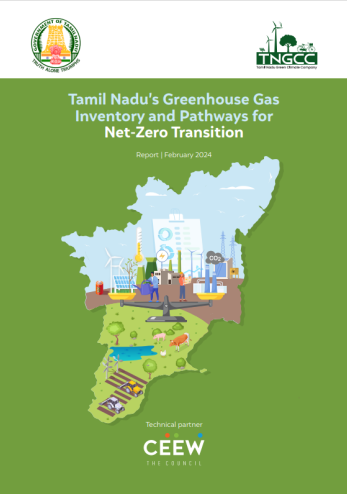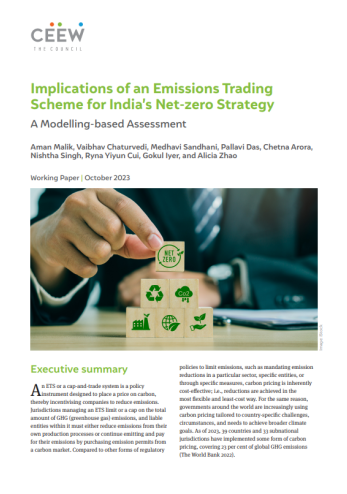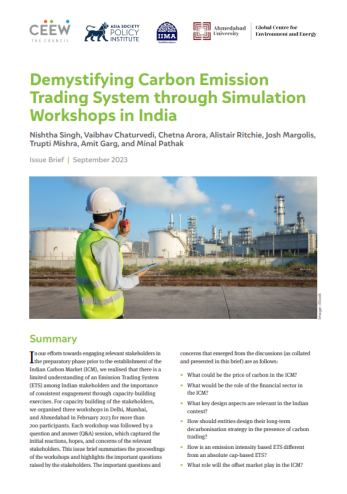Paper
Techno-economic Assessment of Biomass Pellets for Power Generation in India
Pallav Purohit, Vaibhav Chaturvedi
October 2016 | Low-carbon Economy
Suggested citation: Purohit, Pallav and Vaibhav Chaturvedi. 2016. Techno-economic Assessment of Biomass Pellets for Power Generation in India. New Delhi: Council on Energy, Environment and Water.
Overview
This study makes a preliminary attempt to assess the techno-economic feasibility of biomass pellets for electricity generation in India. The pellets are produced from biomass surplus available from agriculture and forestry/wasteland. It estimates the state-wise availability of agricultural and forestry residues for the production of biomass pellets and the potential of biomass pellets for electricity generation. It also highlights the techno-economic viability of biomass pellets for electricity generation and the associated carbon finance potential of biomass pellets. Further, it discusses the potential for employment generation in the biomass pellet-based electricity production value chain, the implications of the climate policy, and the international biomass pellet market.
Annual biomass pellet production through biomass surplus and associated electricity generation
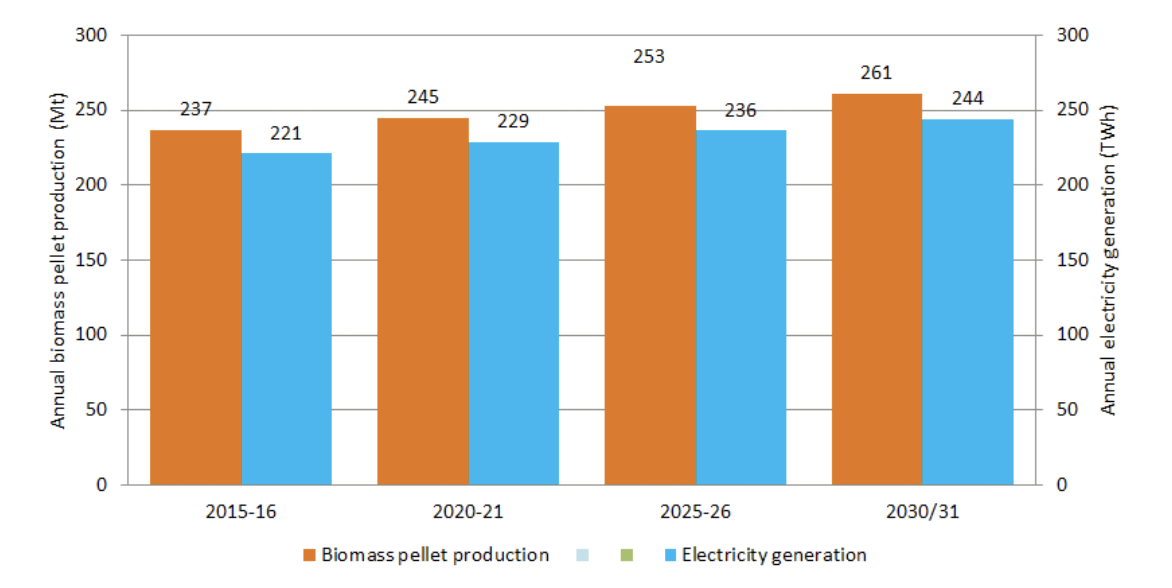
Source: Authors' analysis
Key highlights
- The surplus biomass availability from the agricultural sector (123 Mt in 2010–11) alone is sufficient to substitute 25 per cent of the current coal consumption in the power sector.
- The annual electricity generation potential from biomass pellets is estimated to be 244 TWh in 2030/31 out of a total 4,000 TWh of electricity production in India in 2030/31.
- Pelletised biomass can potentially produce 6 per cent of India’s total electricity in 2030/31.
- This study estimated that the cost of a biomass pellet would be INR 4,473/tonne. The levelised cost of electricity would be INR 8.35/KWh, which is within the range of the non-pelletised biomass-based generic levelised tariff.
- Financial viability of biomass pellet-based electricity generation depends on the surplus availability of biomass feedstock, the price of biomass, the transportation distance from the farm to the BPBP project, and the cooling technology.
- Northern states such as Punjab, Haryana, and Uttar Pradesh have large amounts of agricultural residues available for biomass pellets as compared to the biomass surplus from forestry/wasteland.
- Total electricity consumption for biomass pellet production is dependent on the type of biomass feedstock being used and the moisture content of the biomass feedstock.
- Large volumes of leftover agricultural and forestry residues, as well as civic waste in India, make it the perfect candidate for a bioenergy-led model of energy generation and sustainable development.
- As per estimates, biomass pellet-based power (BPBP) projects generate employment of more than 5 million person-months in the construction of biomass power plants. In addition, it generates over 200,000 full-time employments in the operation of biomass power plants and in the production of biomass pellets.
- Transportation distance is a decisive factor in the economics of BPBP plants.
State-wise biomass surplus for biomass pellets in India
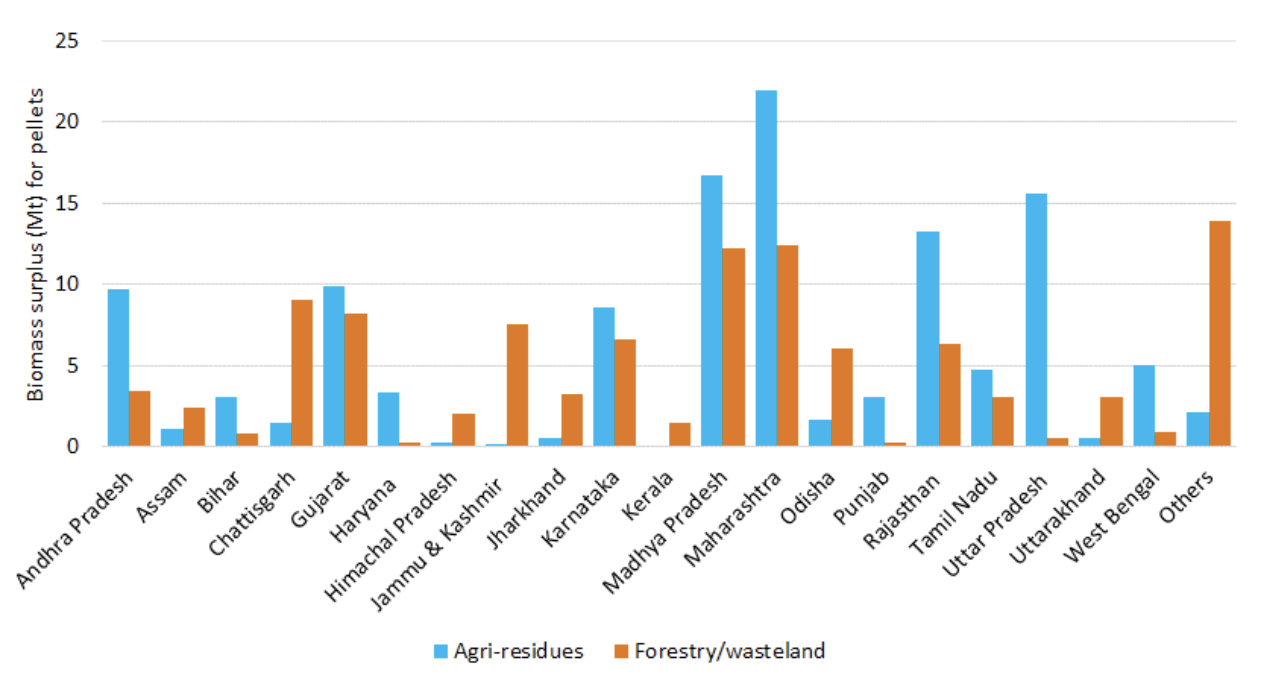
Source: Authors' analysis
Key recommendations
- Assess the potential for the production of agricultural and forestry residues, determine their targets for biomass-based electricity generation.
- Invest in developing domestic bioenergy resources as much as possible to minimise potential imports, as well as move India towards a low-carbon economy.
- Work on specific strategies and policies to support the exploitation of agricultural and forestry residues for energy purposes. This can be done by the central and provincial governments and other concerned institutions.
*An updated version of this paper was published in the Journal, Environmental Science and Pollution Research (Springer), in August 2018.
BPBP projects generate employment of more than 5 million person-months in the construction of biomass power plants.




